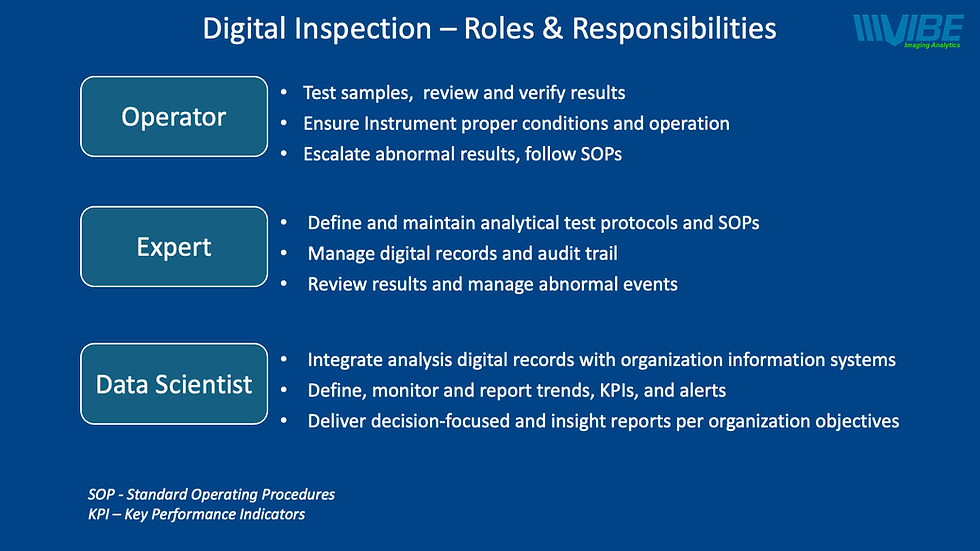Digital, Automation, and Inflation.
- "The Grain Guru"
- May 7, 2023
- 3 min read

Our business reality is constantly changing, and regardless of whether we are in the camp of optimists or pessimists, we need to act. Prices are on the rise, and the labor market is increasingly competitive. There are shortages in supply across many industries, and we are all adjusting to a new world i
n the wake of the Covid-19 pandemic, global warming, and overall instability. We must go out of our cozy offices, go to the production floor, and walk around, talk to everyone, observe, and collect old and new ideas to create a proactive plan to reduce our business risk and meet our financial goals—we shared few ideas below which you can start with, they are addressing the grain processing industry that we serve, but it could be relevant to others.
Raw material, one company finished good is the other raw material; this is how it works across the supply chain. These days it is a supplier market, with the pressure of high costs, fewer people to do the job, and financial goals - quality goes down. Ensure that your raw material quality meets your requirements and that you pay the right price. Do it at the gate, as finding bad raw material during the processing stages or at the final product will increase your waste level and add unnecessary costs.
Process control, review your entire workflow, identify areas with higher risk for failure, and add inspection points. A few percentages of bad raw materials or malfunctioning stations are significant in high-volume processing. For example, for one of our customers with a processing capacity of 50 Metric Tons per hour, 1% of one damage equals $1M over a year. If you don’t catch it, either you paid too much for your COGS (Cost of goods sold) or a lost opportunity to sell more of your product. Every step further in the line will increase your cost. Use common sense and calculate your inspection ROI, the cost of failure vs. the investment, and benefits.
People, help your people to use their time wisely and take off routines and tasks that you can replace with automation and digital solutions. Basic and inexpensive improvements such as a barcode reader, digital scale
, and digital records will save time, reduce errors, and improve productivity. It provides data for status reports, cost analysis, process control, and traceability for root cause analysis. An ongoing routine for reviewing your business reporting relevancy and information flow will help the company to convert data into actions. Eliminate unnecessary activities that consume time to prepare reports, reviews, and meetings—assess the real value to the organization. Trust your people and let them do meaningful rather than routine tasks.
KPIs (Key Performance Indicators), Review your organization's KPIs and eliminate or modify the ineffective or counter-effective ones. For example, during a recent visit to Costco, we noticed that as soon as the cashier scanned our membership card, she began scanning our items at a breakneck pace. We were concerned that this speed might lead to mistakes, so we asked the cashier, and she pointed to a big message board that displayed the top cashiers' performance, ranked by time spent on each checkout. She was the #1 proud employee. How many times did she miss staying as the top performer? This is an example of a KPI that may cause negative consequences. Measuring performance has benefits that impact and set expectations across the organization; pick the right one.
Ron Hadar, CEO, Vibe Imaging Analytics (www.vibeia.com)
Vibe offers digital inspection and data analysis for better and safer food.




Comments